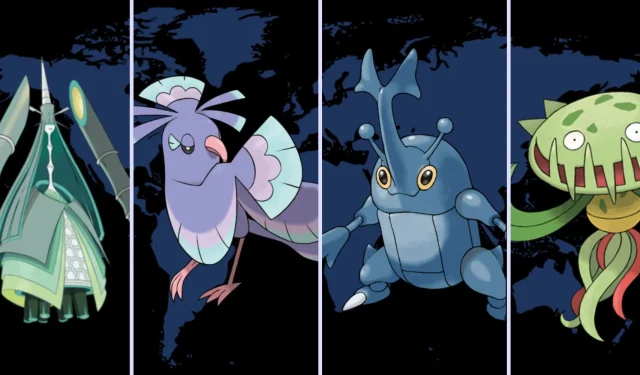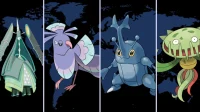Since its debut, Pokemon GO has evolved significantly, especially regarding regional Pokemon. Initially, only four Pokemon—Farfetch’d, Mr. Mime, Tauros, and Kangaskhan—were designated as “regional”species, only catchable in specific locations around the globe. Over time, the list of regional exclusives has expanded dramatically, now including dozens of Pokemon that can only be found in designated areas. These Pokemon vary greatly in their geographical limitations, with some confined to small zones and others spanning vast regions worldwide. Keeping track of these Pokemon to complete the in-game Pokedex can be quite a challenge.
Fortunately, finding trading partners from various regions can help players obtain these elusive regional Pokemon, as they often have travel experiences that yield unique captures. For those planning trips, it’s advantageous to research which regional Pokemon inhabit the areas they will visit, allowing them the chance to catch something new while traveling. With that in mind, let’s explore the comprehensive roster of region-specific Pokemon.
Hemisphere-Specific Pokemon
A select group of Pokemon is exclusive to either the Northern or Southern Hemisphere. The distribution primarily follows an east-west pattern, although some species are distinctly tied to one hemisphere or the other.
West – East
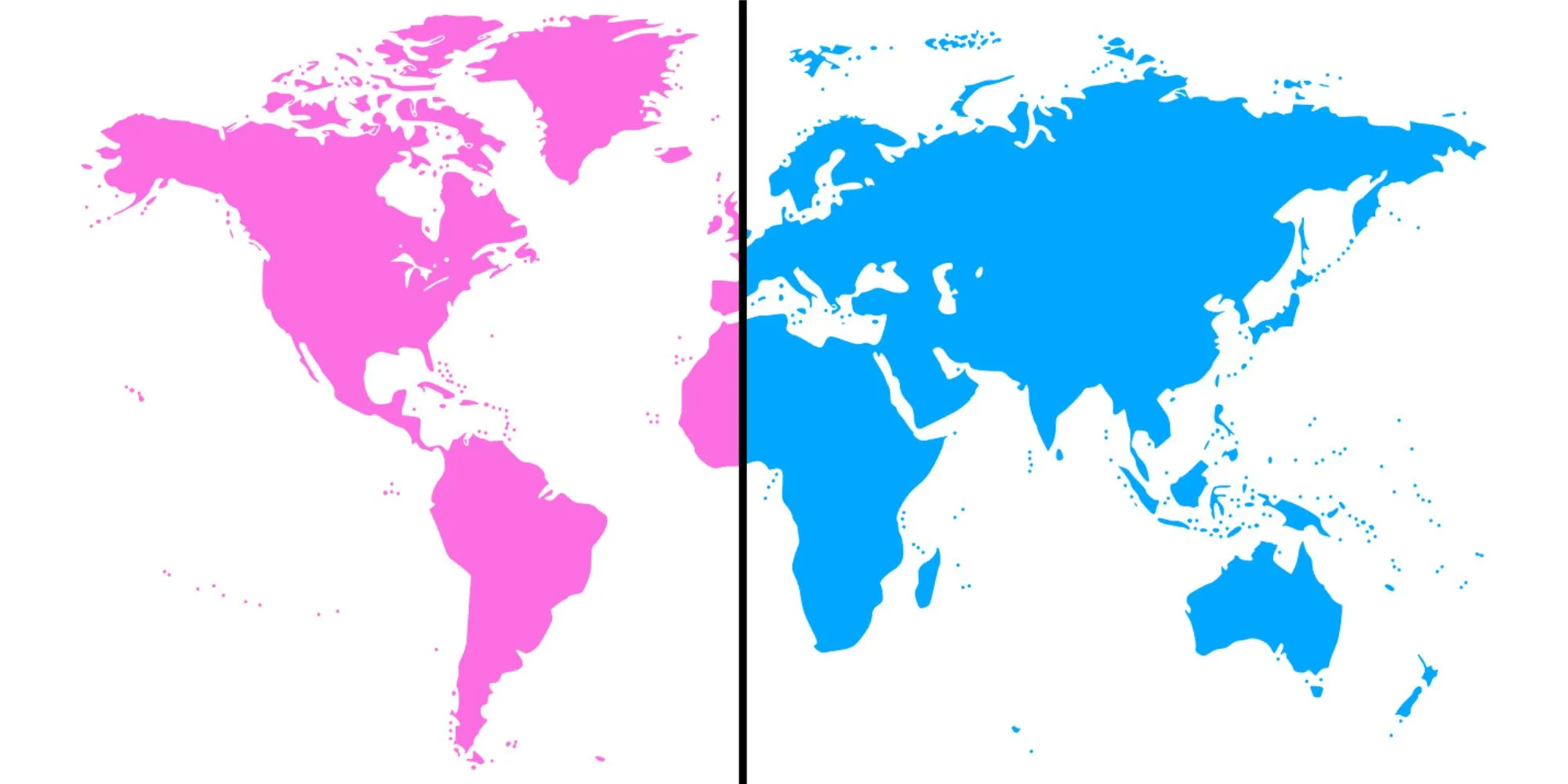
The Prime Meridian and the 180th meridian divide the world into its two hemispheres, each hosting Pokemon that reflect unique environmental adaptations. For example, Shellos and Basculin exist in two forms differing only in appearance, while Tauros has three Paldean forms with distinct types (as explored in the following section). Notably, Heatmor and Durant, being rivals, thrive in separate hemispheres to enhance their competitive dynamic.
| Western Hemisphere | Eastern Hemisphere | ||
|---|---|---|---|
| West Sea Shellos | East Sea Shellos | ||
| Heatmor | Durant | ||
| Blue-striped Basculin | Red-striped Basculin | ||
| Blacephalon | Stakataka | ||
Tauros
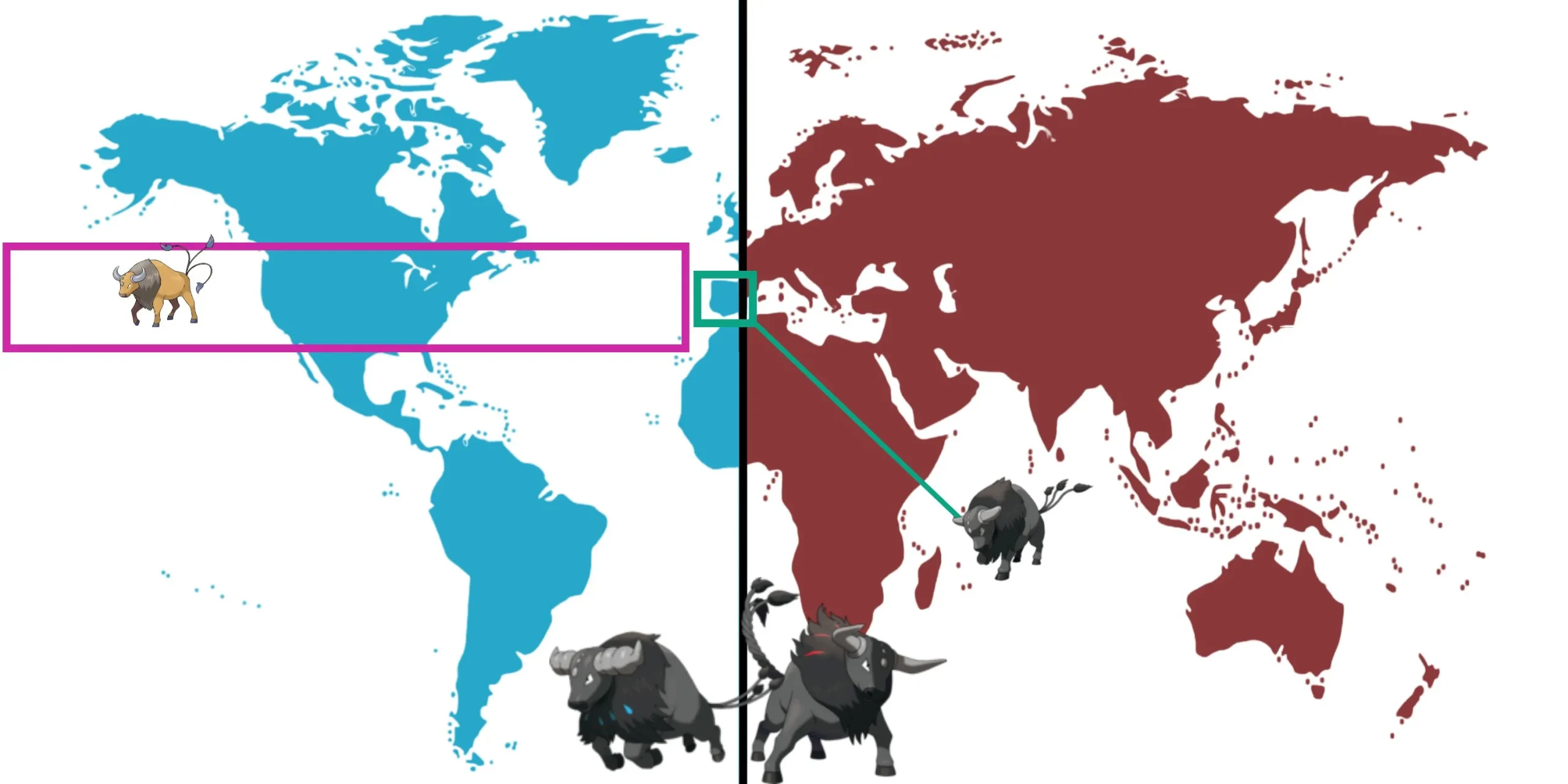
Tauros boasts a complex heritage with its Paldean variants—Aqua Breed and Blaze Breed. The Aqua Breed, a Water/Fighting-type, thrives in the Western Hemisphere, while the Blaze Breed, a Fire/Fighting-type, is exclusive to the Eastern Hemisphere. The standard Combat Breed of Paldean Tauros, appearing on the Iberian Peninsula (comprising Spain and Portugal), also coexists with the Kantonian Tauros, a Normal-type that can primarily be found across the continental United States.
Kantonian Tauros primarily inhabits the continental U.S., though it can also venture into portions of southern Canada. Major cities like Toronto and Vancouver report Tauros sightings, although it doesn’t extend throughout all of Canada. Notably, its northern spawn limit approximates 51°N, allowing Tauros to be captured in Calgary but not in Edmonton. Furthermore, the species seems to have a permeable boundary south of its range, with sporadic appearances documented in northern Mexico. Players have stated that Tauros is notably absent from sections of Florida and Texas, with its southern limit around the Orlando-Daytona Beach corridor, southern San Antonio, and parts of Houston, and extending into the Baja California region in Mexico.
This overlapping presence of Tauros variants allows players in the U.S. to capture both Kantonian Tauros and Aqua Breed Paldean Tauros, while trainers on the Iberian Peninsula have access to both forms of Paldean Tauros.
Celesteela and Kartana
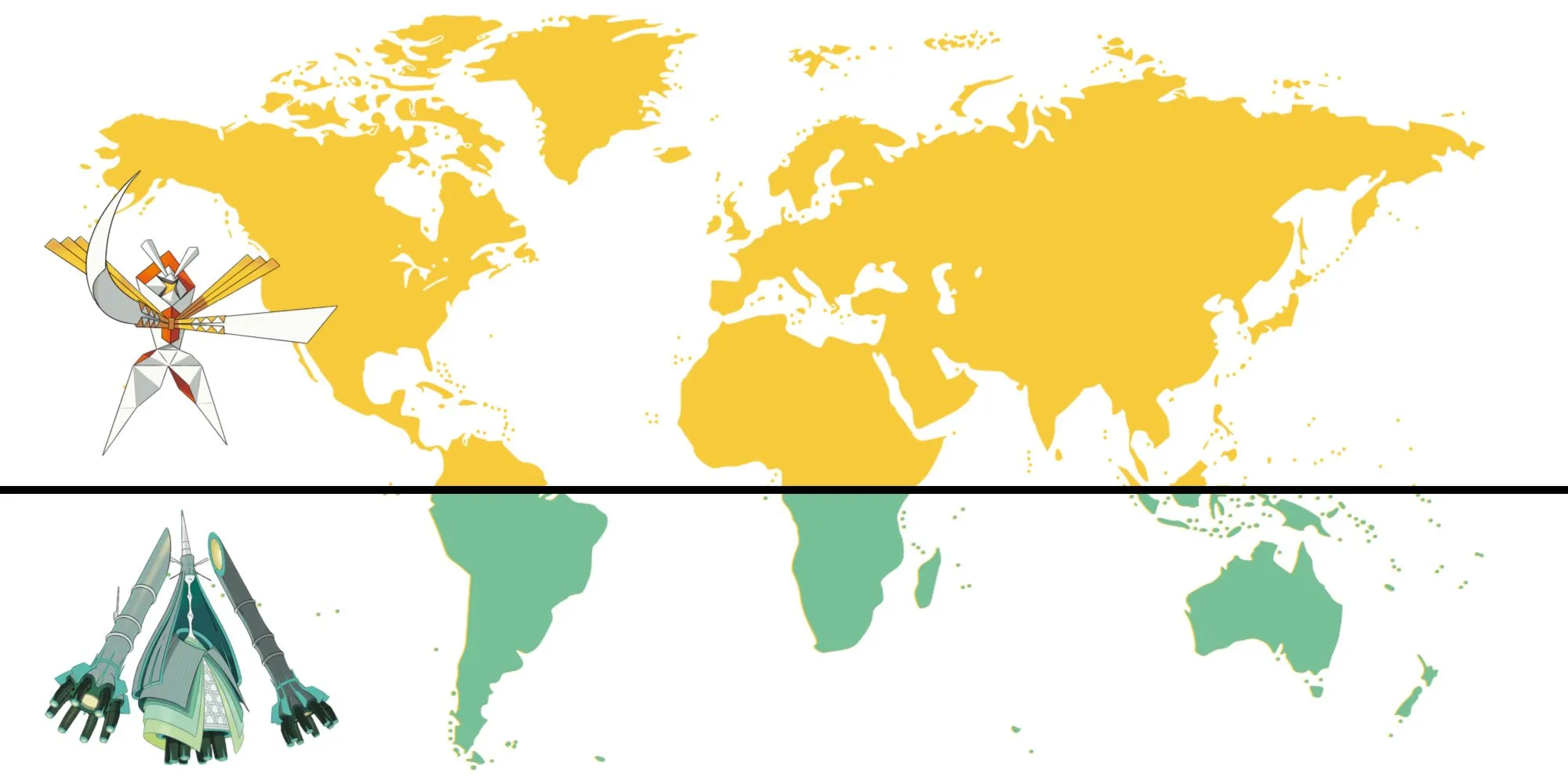
Celesteela and Kartana, both Ultra Beasts originating from the Alola region, are regionally exclusive to their respective hemispheres and prominently feature in Raid battles. Specifically, Kartana appears in Raids across the Northern Hemisphere, whereas Celesteela is restricted to Raids in the Southern Hemisphere.
Chatot
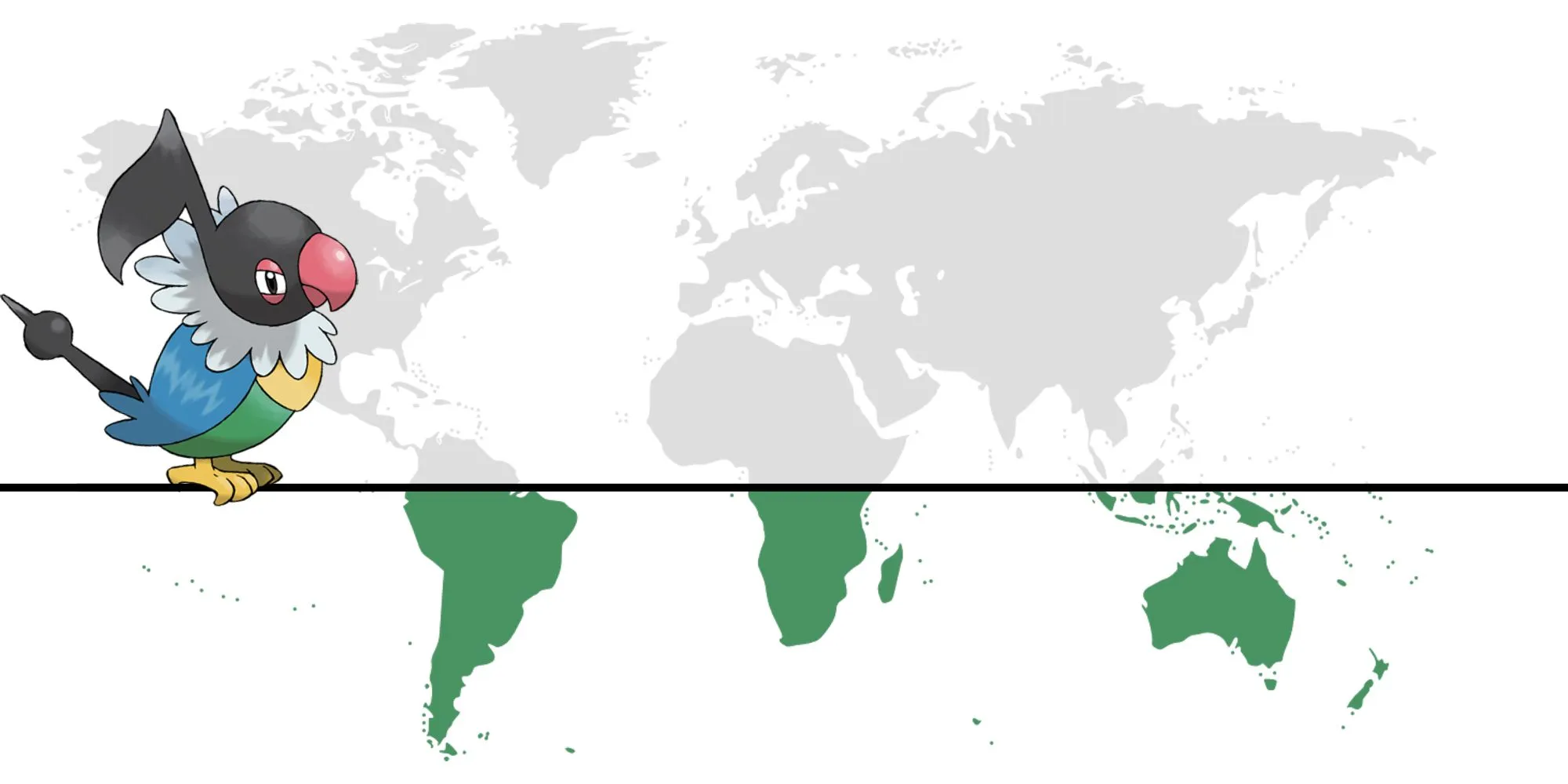
Hailing from Gen IV, Chatot is another regional Pokemon exclusive to the Southern Hemisphere. It spawns throughout areas south of the equator, whereas its counterpart, Pachirisu, can only be found in the Northern Hemisphere but is limited to Arctic regions.
Continental Splits
In addition to hemisphere divisions, some regional Pokemon are restricted to specific continents. The demarcation lines may split entire continents or even divide specific countries, making the borders less predictable.
The following approximations are based on player observations around the globe, which means encounters can vary from player to player.
Part 1 – North America + South America + Africa | Europe + Asia + Australia
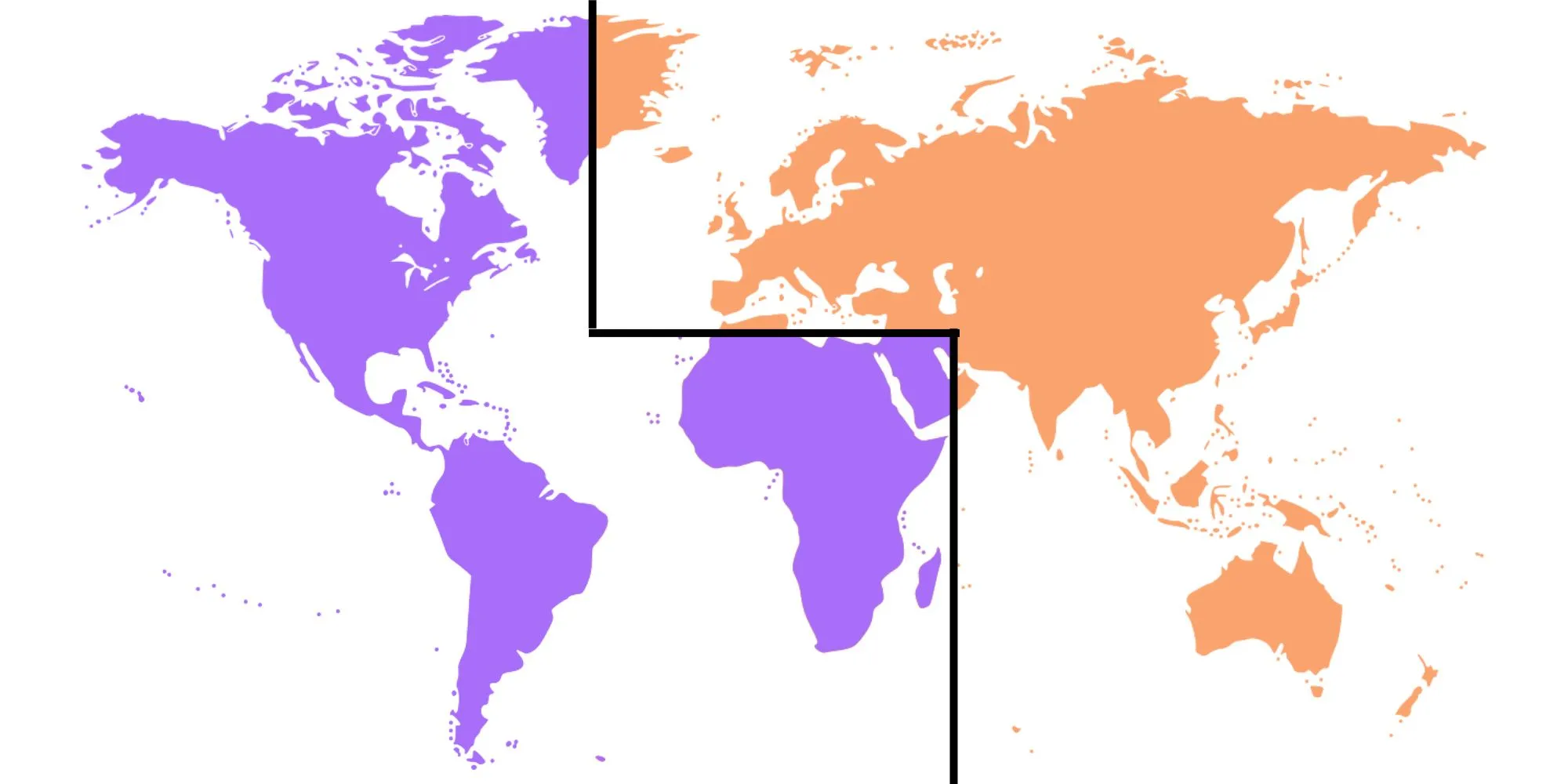
One notable regional split groups various Pokemon among the Americas and Africa, while the other half belongs to Europe, Asia, and Australia. The division line traverses parts of Greenland and slightly encroaches into Africa, bisecting the Middle East.
Regions along this dividing line may yield Pokemon from both halves, providing opportunities for unique captures without extensive travel.
Additionally, some Pokemon tend to shift locations periodically (like Solrock and Lunatone) or spawn in both regions for special events.
| North America, South America, and Africa | Europe, Asia, and Australia | ||
|---|---|---|---|
| Illumise | Volbeat | ||
| Seviper | Zangoose | ||
| Lunatone | Solrock | ||
| Throh | Sawk | ||
Part 2a – Asia-Pacific | North America + South America + Greenland | Europe + India + Africa + Middle East
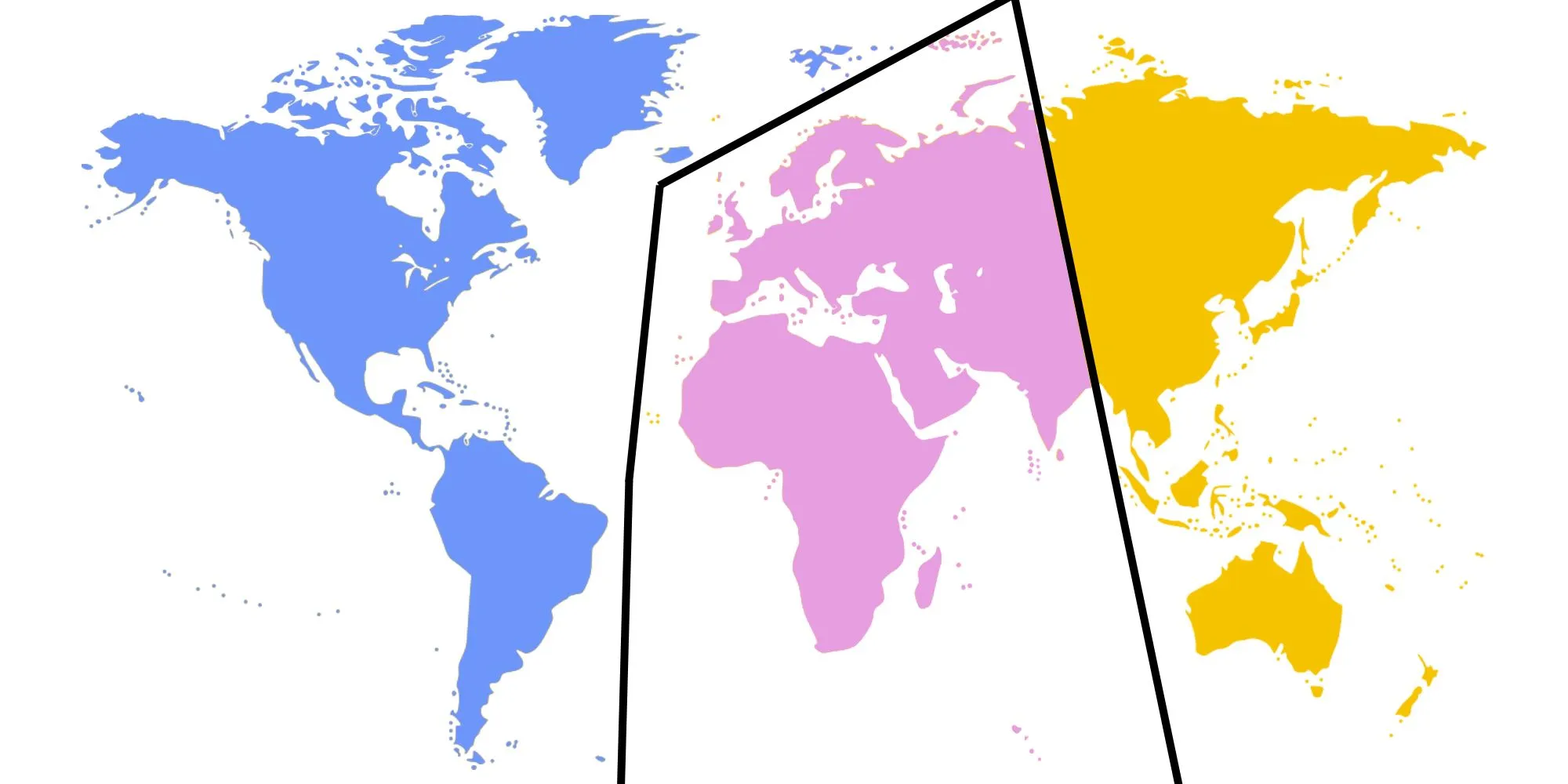
Another continental split forms three distinct zones, with the Americas separate from other continents, albeit not perfectly delineated along physical borders. This division includes certain northern islands in the Atlantic and Arctic oceans. Reports suggest conflicting interpretations regarding Iceland’s alignment; some view it as part of the Americas, while others associate it with Europe. Player experiences in these regions may differ based on their capture success.
The division also affects the Lake Guardians—Uxie, Azelf, and Mesprit—which have limited-time Raid appearances but can infrequently spawn in the wild. Social media platforms can be helpful for players seeking invitations to regional Raid events for these coveted Pokemon.
Consider the elemental monkeys, Panpour, Pansage, and Pansear, as each evolves once, resulting in two distinct regional forms. Niantic also instituted Flabebe as a regional exclusive; it comes in various colors—blue, red, white, orange, and yellow. The color will persist through its evolutionary stages, maintaining its unique form. Notably, the white and orange flower variants are available globally, while the remaining three are locked to specific regions.
| Asia-Pacific | North America, South America, and Greenland | Europe, Africa, the Middle East, and Parts of Asia | |||
|---|---|---|---|---|---|
| Uxie | Azelf | Mesprit | |||
| Pansage | Panpour | Pansear | |||
| Simisage | Simipour | Simisear | |||
| Blue Flower Flabebe | Yellow Flower Flabebe | Red Flower Flabebe | |||
Available worldwide:
| Orange Flower Flabebe | White Flower Flabebe |
Part 2b – Oricorio
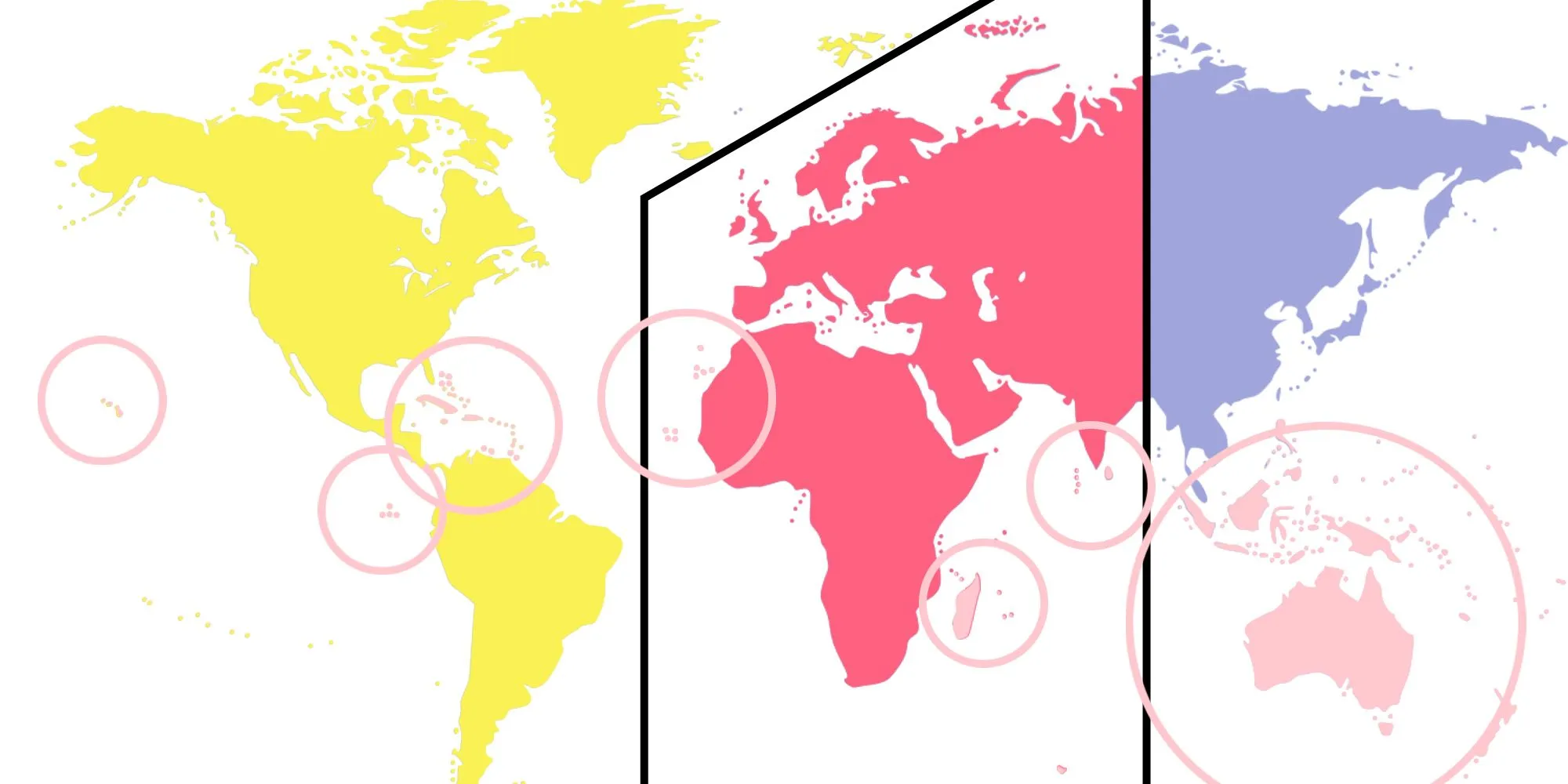
The four forms of Oricorio introduced in Generation VII were also classified regionally. Most of these variants align with the boundaries described for the Lake Guardians and elemental monkeys, albeit with one additional distribution for the Pa’u Style. This variant is intended to inhabit “African, Asian, Pacific, and Caribbean Islands.”However, there have been reports of discrepancies; some areas expected to host it do not, while others have documented sightings despite being outside the designated borders. The provided map outlines player-reported regions for each Oricorio form.
| Asia-Pacific | North America, South America, and Greenland | Europe, Africa, the Middle East, and Parts of Asia | African, Asian, Caribbean, and Pacific Islands | ||||
|---|---|---|---|---|---|---|---|
| Sensu Style | Pom-Pom Style | Baile Style | Pa’u Style | ||||
True Specific Regionals
Moving on to more localized regional Pokemon, these species are confined to specific areas much smaller than entire continents or hemispheres. However, like many other regionals, their suppose spawn locations often do not align precisely with Niantic’s distribution claims. For instance, Klefki is stated to spawn specifically in France but has frequently been seen in Spain, the United Kingdom, Germany, and other neighboring countries.
As with many regionals mentioned previously, these Pokemon occasionally become available in different regions for limited-time events.
Kantonian Farfetch’d

As one of the original regionals, Kantonian Farfetch’d can mainly be found in parts of Asia, which include South Korea, Taiwan, Japan, and Hong Kong. However, this is limited to its Kantonian form, as Farfetch’d also has a Galarian variant that’s not tied to a specific location. This Galarian form can be encountered through eggs and during special events, while also occupying a Pokedex slot for players, offering an alternate route to complete their collection. Notably, only Galarian Farfetch’d has the capability to evolve into Sirfetch’d.
Kangaskhan
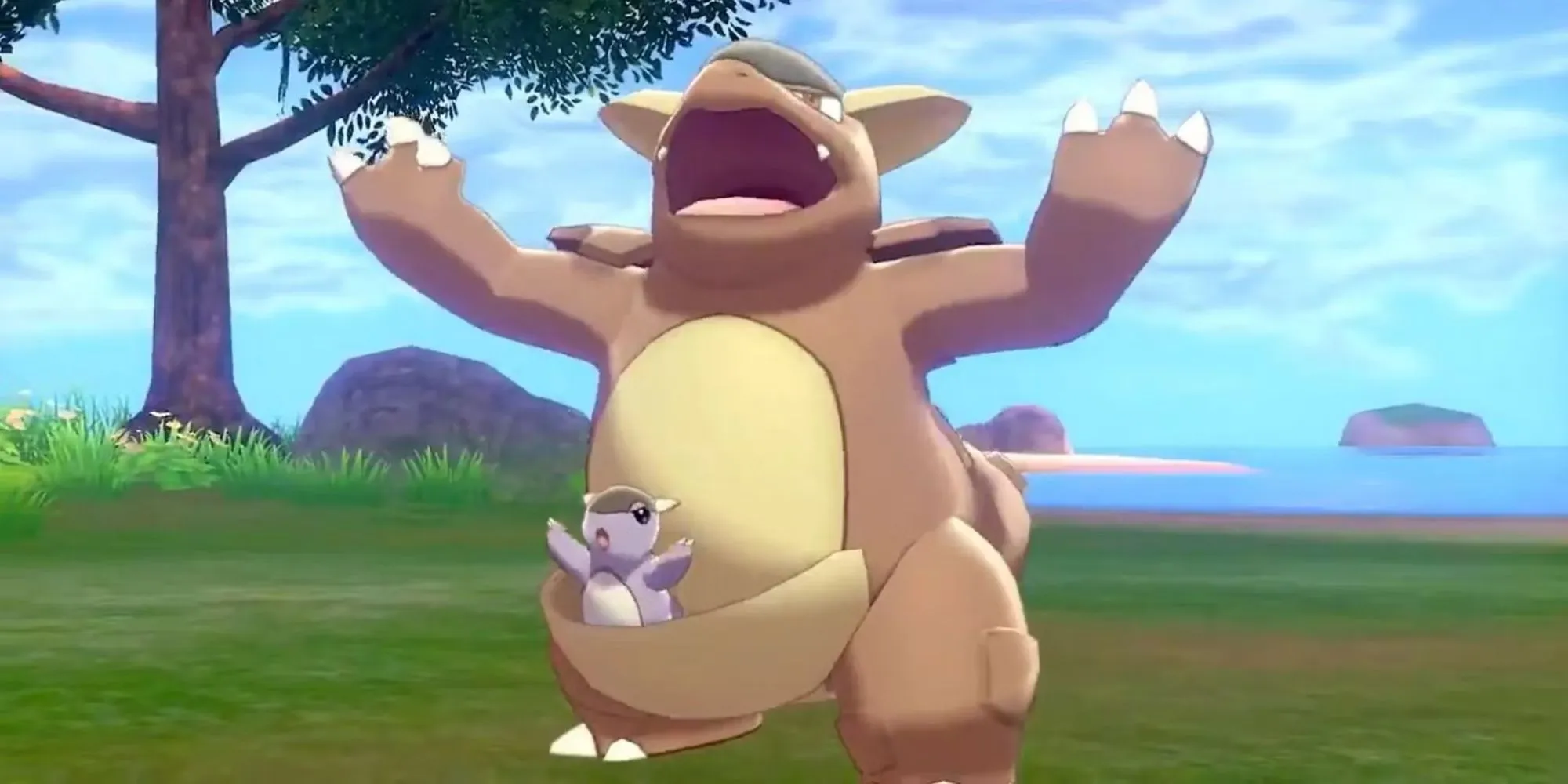
Kangaskhan, another member of the original regional quartet alongside Kantonian Tauros, is exclusively found in Australia. Reports indicate that it can also be seen in Papua New Guinea, but its spawning area largely adheres to the Australian coastline, making sightings exceptionally rare in New Zealand.
As a Mega Evolution candidate, Kangaskhan has participated in global raid events, allowing trainers worldwide the chance to fill their Pokedex with this elusive species.
Mr. Mime and Mime Jr.
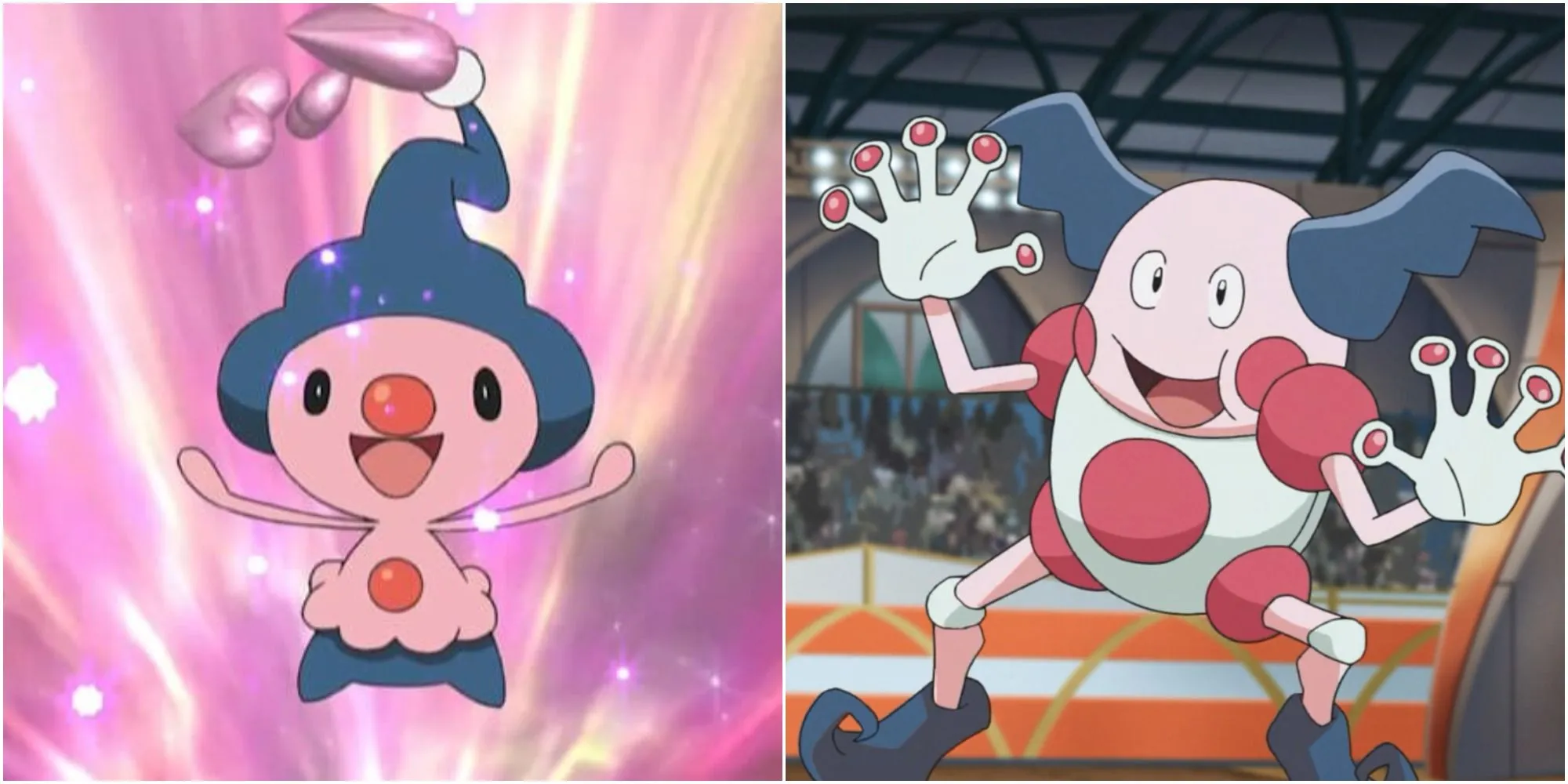
Mr. Mime is a regional Pokemon that generated confusion when the Sinnoh region was introduced to Pokemon GO. Initially, Mr. Mime was exclusively found in Europe, including Iceland and Turkey. The introduction of its baby evolution, Mime Jr., posed questions regarding its regional availability. Niantic resolved this by ensuring Mime Jr. could only be acquired where Mr. Mime spawns; however, it was restricted to 5km eggs and does not appear in the wild. Additionally, Mr. Mime’s Galarian form is only available during special events, albeit the form can evolve into Mr. Rime, unlike the Kantonian variant.
Heracross and Maractus
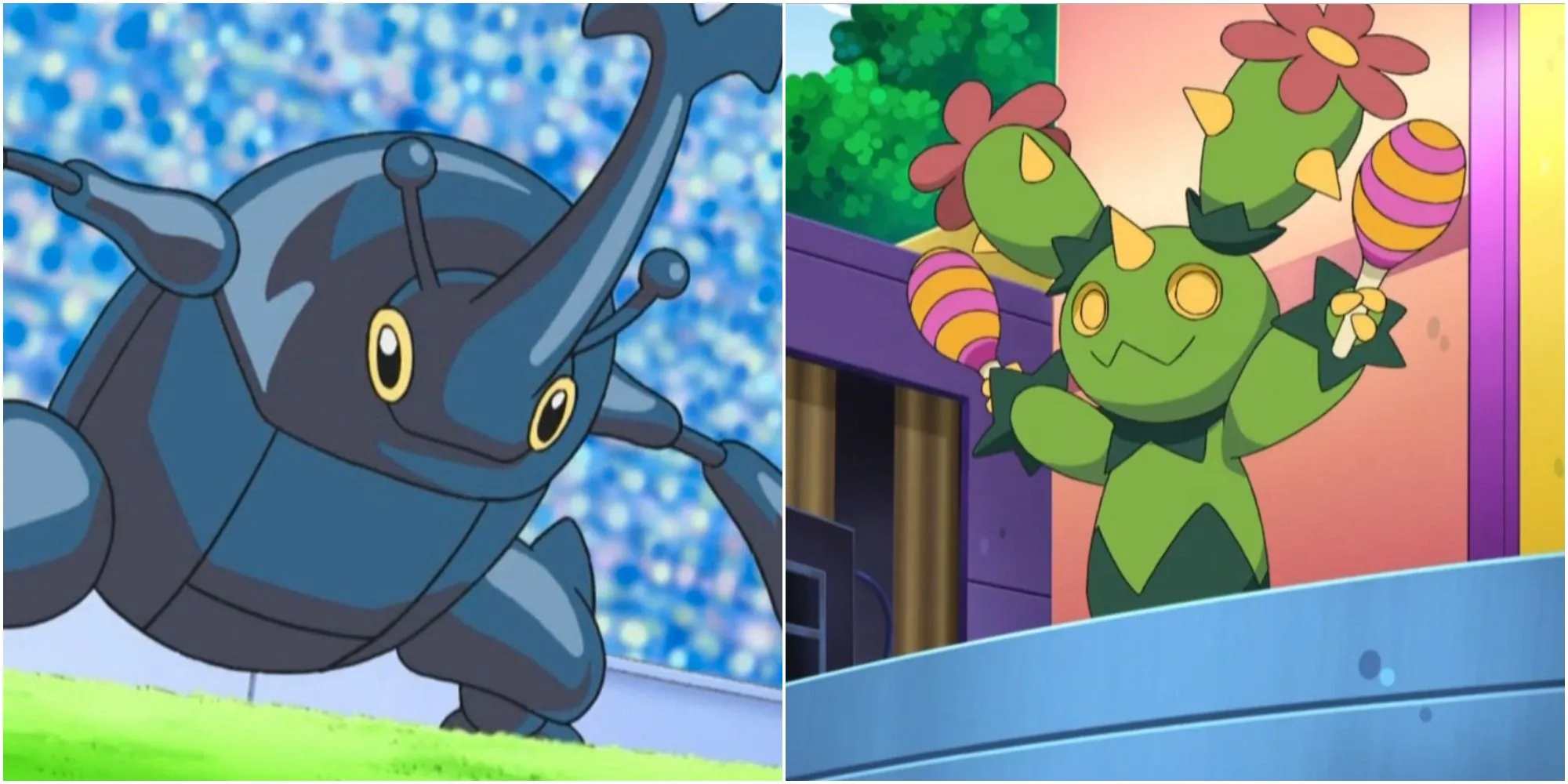
In Generation II, Heracross and Corsola were introduced as regional Pokemon, each with distinct spawn zones. Interestingly, Heracross’ habitat aligns closely with that of Maractus, a Gen V regional Pokemon. Both species inhabit Central and South America.
Their northern borders align with Tauros’ southern limit, indicating that areas such as south Florida, parts of Texas, and the majority of Mexico are likely homes to both species, rather than Tauros.
Both Heracross and Maractus span from Central America to the southern tip of Chile, with their territory extending into the Caribbean islands. As with Kangaskhan, Heracross is capable of Mega Evolution and also appears globally during raid events.
Corsola
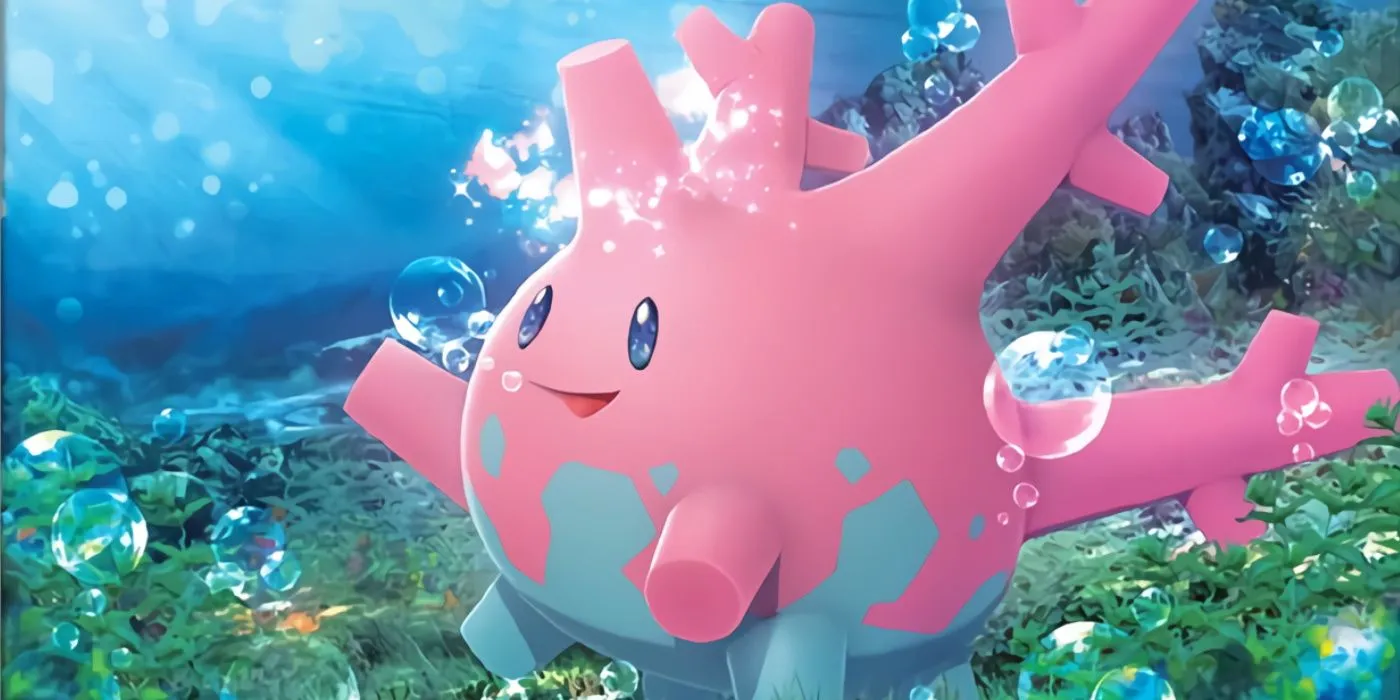
Corsola, a Rock/Water-type introduced in Generation II, has a poorly defined spawning area, generally found between the Tropic of Cancer and the Tropic of Capricorn. Despite this, it may also be reported outside these confines, particularly in tropical coastal regions. Notably, even within these tropical boundaries, Corsola can only be found in coastal areas; thus, moving too far inland in Africa or South America may yield no Corsola sightings.
Curiously, an anomaly is noted along Brazil’s east coast: Corsola reportedly does not spawn in areas from Cape São Roque southward. Furthermore, Corsola features a Galarian variant that can be obtained globally in 7km eggs, allowing for its evolution into Cursola, while the Johtonian variant cannot evolve.
Torkoal
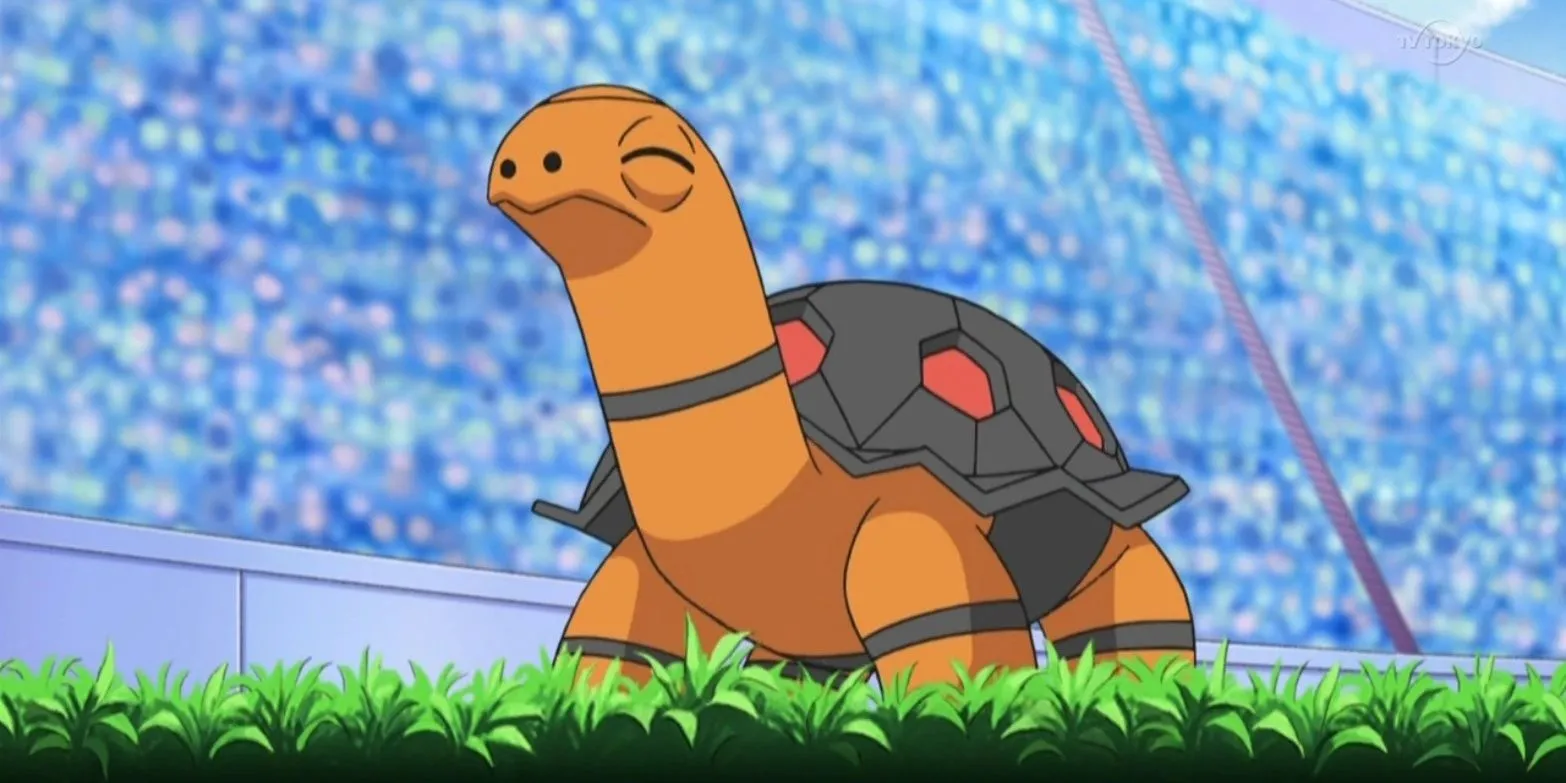
Torkoal, a Gen III Pokemon, spawns in countries across South, Southeast, Central, and West Asia. Its range is somewhat concentrated around India and includes reported sightings as far west as Oman, Iran, and Afghanistan, while also being found in parts of Kazakhstan, Mongolia, and throughout Southeast Asian nations.
Despite abundant volcanic activity in Indonesia, Torkoal is strangely absent from most of its terrain.
Tropius
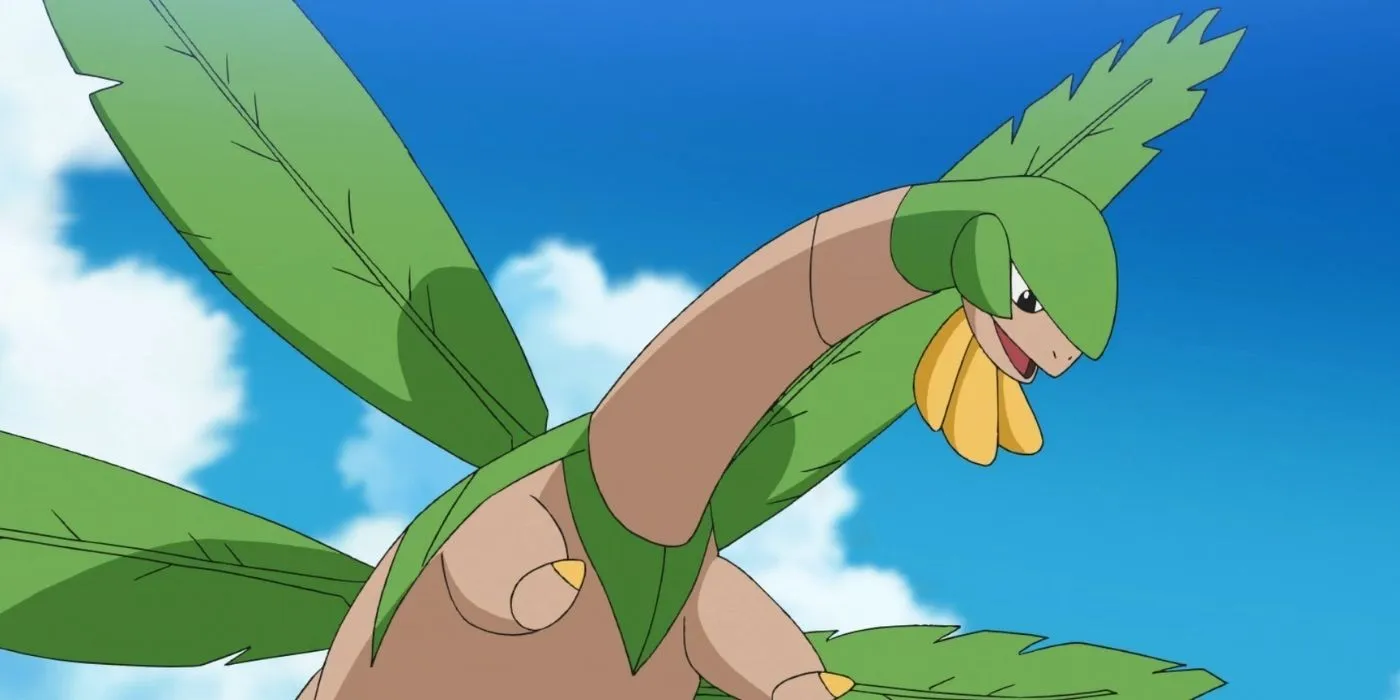
Tropius is primarily concentrated across Africa, yet its territory does encompass some nearby regions. The range covers almost the entire African continent and includes islands like Madagascar, São Tomé and Príncipe, and Cape Verde, but notably excludes Mauritius and Réunion from the eastern edge.
Additionally, the borders stretch into the northeastern corner, covering countries in the Middle East and Mediterranean, such as Saudi Arabia, Palestine, Israel, Lebanon, Iraq, Iran, and Greece, among others.
Relicanth

Relicanth possesses one of the smallest spawn areas among regional Pokemon, mostly confined to New Zealand, Fiji, and surrounding islands. Reports suggest its inhabitants may also include Tuvalu, Niue, Tonga, and others in the vicinity, but generally speaking, its reliable sightings are in New Zealand and Fiji.
Pachirisu

Pachirisu appears somewhat akin to Chatot, but its spawn area does not extend uniformly across the Northern Hemisphere. This Electric-type Pokemon from Sinnoh occupies a horizontal band around the northernmost regions of the planet, reaching areas in Canada, most of Russia, Alaska, and a fragment of Greenland.
Notably, Pachirisu does not extend into Europe, as its northern limit cuts off significant territories of northern Canada, Alaska, and Russia.
Carnivine
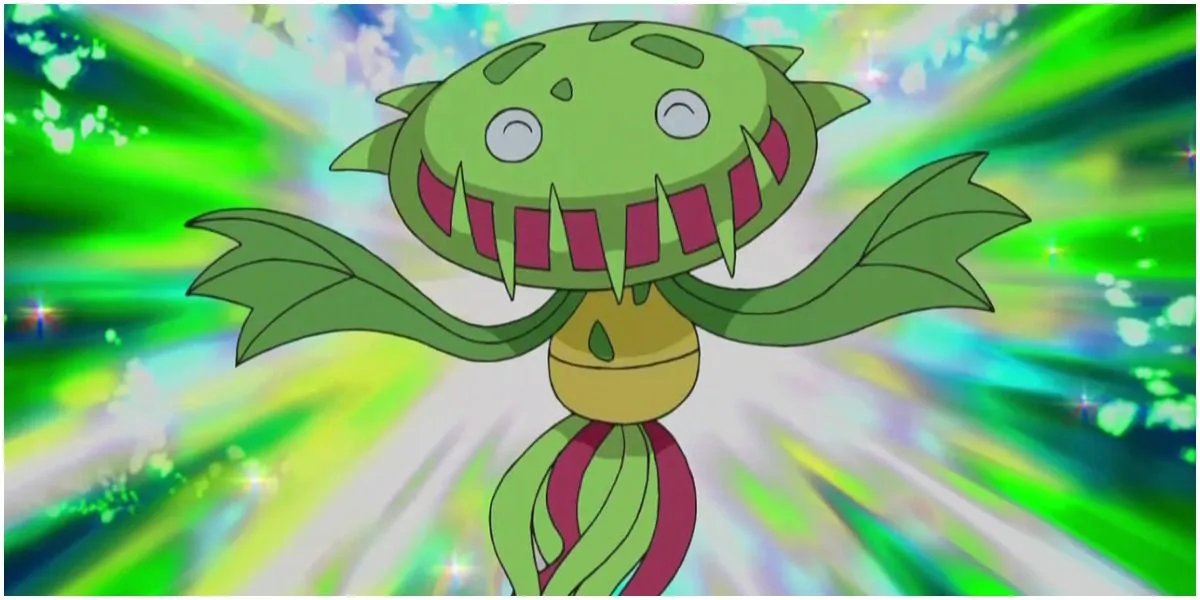
Carnivine’s spawning area is limited to the southeastern United States, including parts of the Bahamas. Its habitat encloses portions of Georgia, Florida, both Carolinas, and parts of Tennessee and Alabama. The northern border appears to follow the southern limits of Kentucky and Virginia, curving into Nashville down through the Florida panhandle.
Amazingly, players can also find Carnivine in the Bahamas, as the northern sector of the country falls within its spawn limits.
Sigilyph
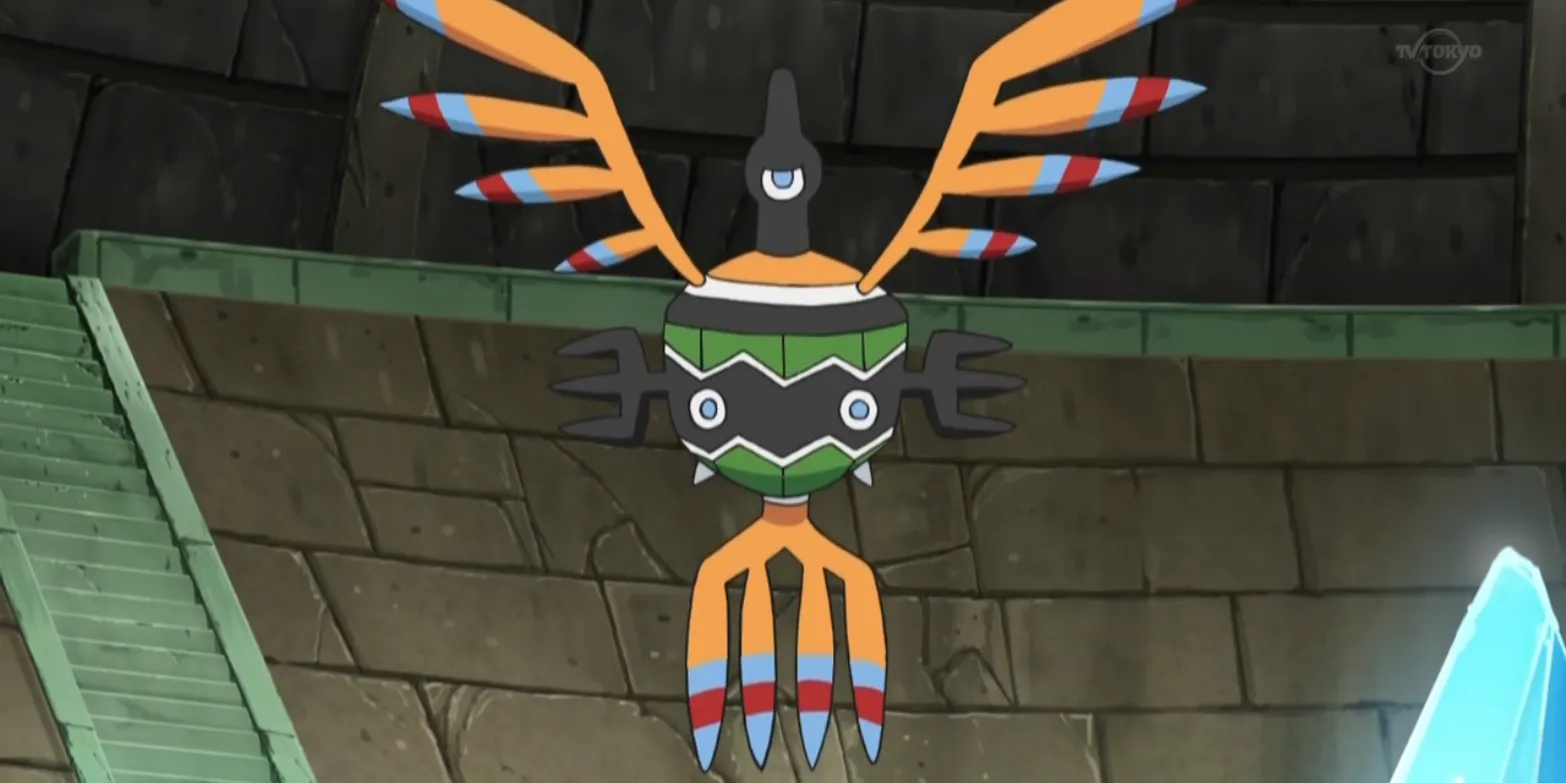
In the Middle East and Mediterranean, Sigilyph can predominantly be found within Greece and Egypt, although its distribution may extend into parts of Turkey, Israel, Palestine, Jordan, Bulgaria, North Macedonia, Cyprus, and Albania.
Bouffalant
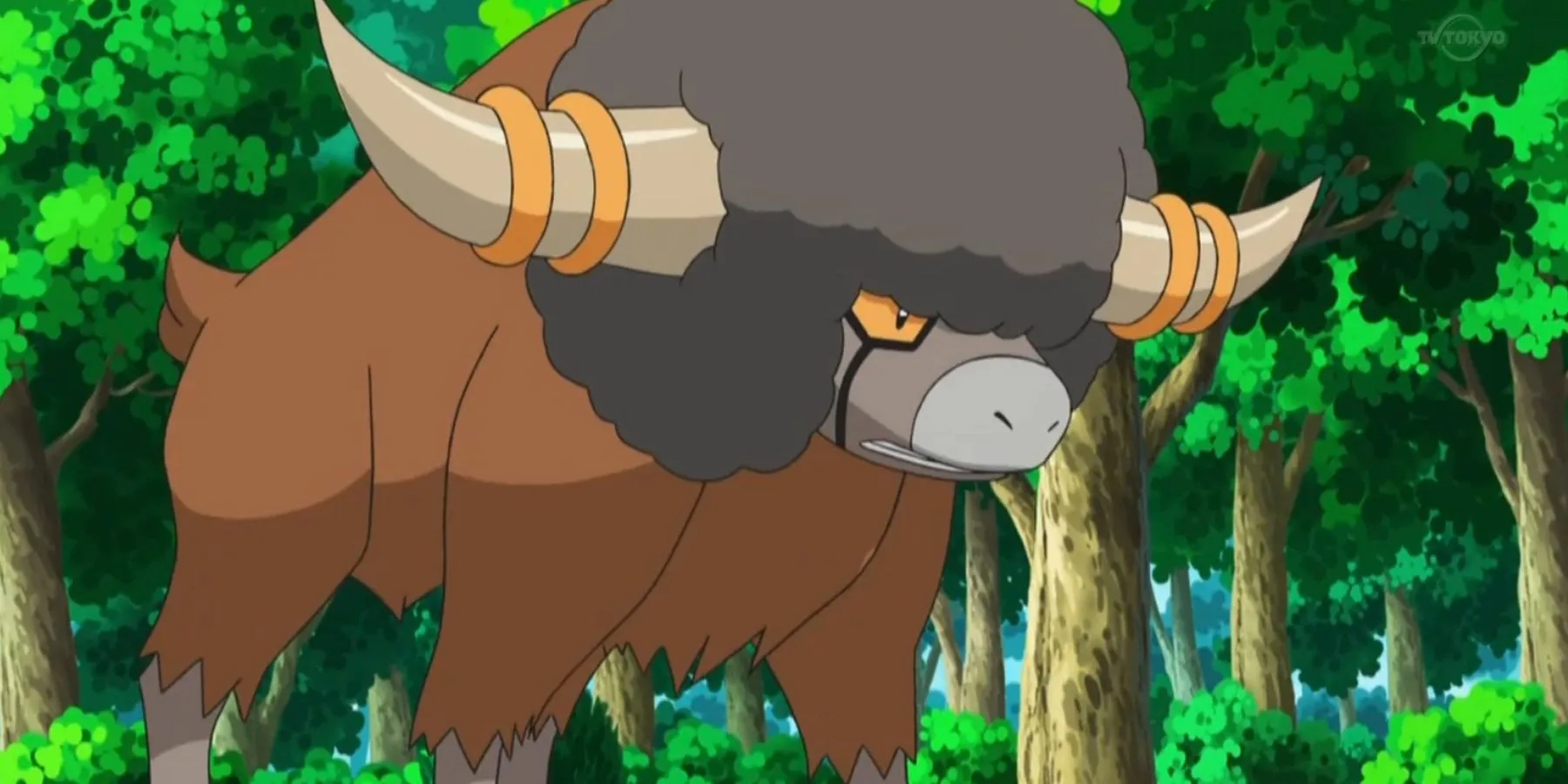
Bouffalant, a Normal-type introduced in Generation V, demonstrates another example of a Pokemon with a slight regional focus. Although Niantic cites “New York City and surrounding areas,”the Pokemon’s regional existence expands well beyond what is indicated.
Trainers regularly spot Bouffalant across several northeastern states, including New York, New Jersey, Pennsylvania, Connecticut, Rhode Island, Washington D.C., and others. Interestingly, portions of western New York, including Buffalo, appear devoid of Bouffalant spawns. Players seeking this species can reliably encounter it in Philadelphia, New York City, and Boston.
Hawlucha
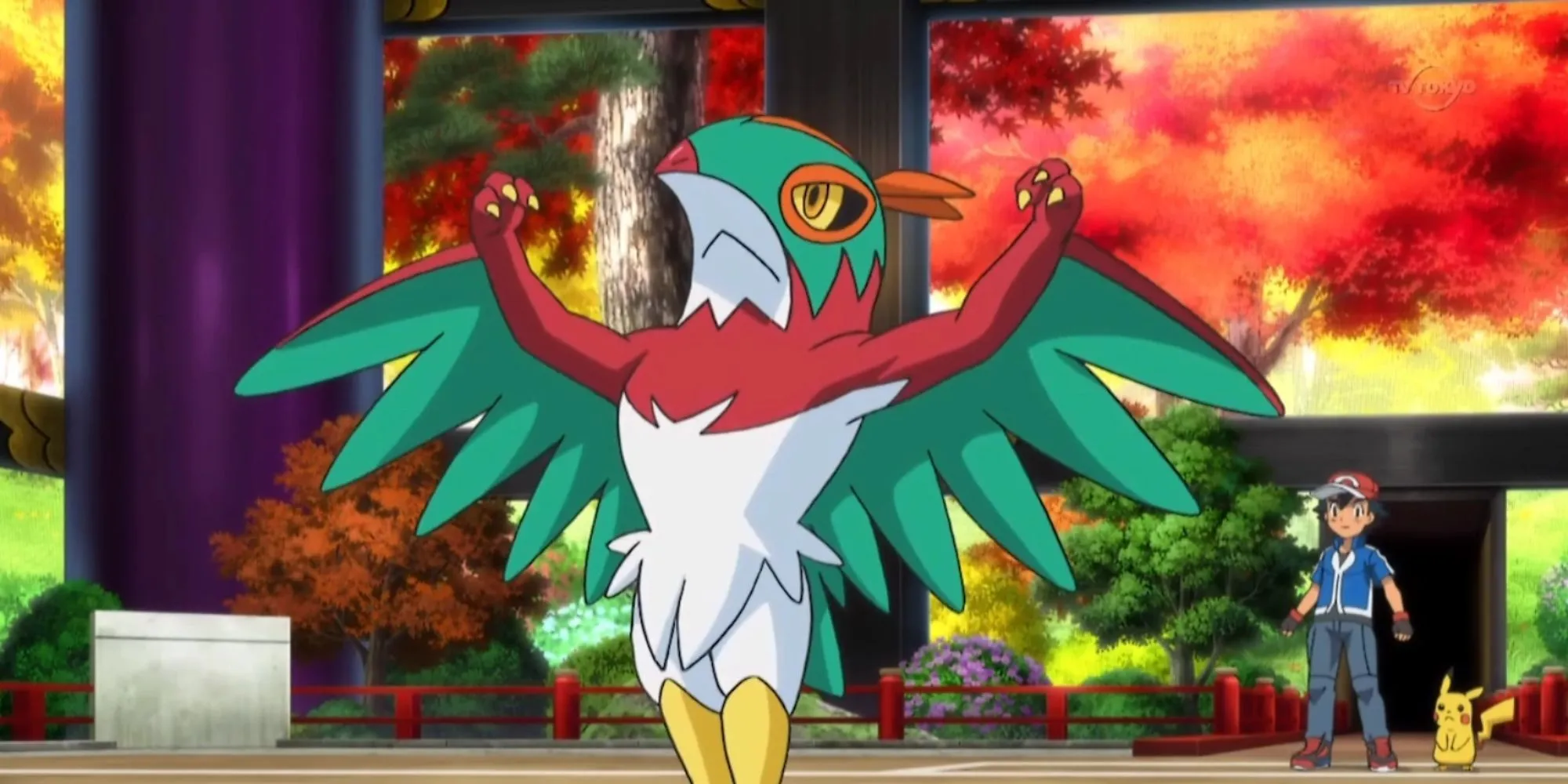
Recently introduced, Hawlucha was added to Pokemon GO as a Mexico-exclusive regional Pokemon during the Season of Rising Heroes. Early reports indicate its occurrences extend slightly north of the Mexico-U.S. border, reaching into places like San Diego and El Paso, while its prevalence beyond Mexico’s borders remains to be confirmed as sightings in Belize or Guatemala are not yet validated.
Klefki
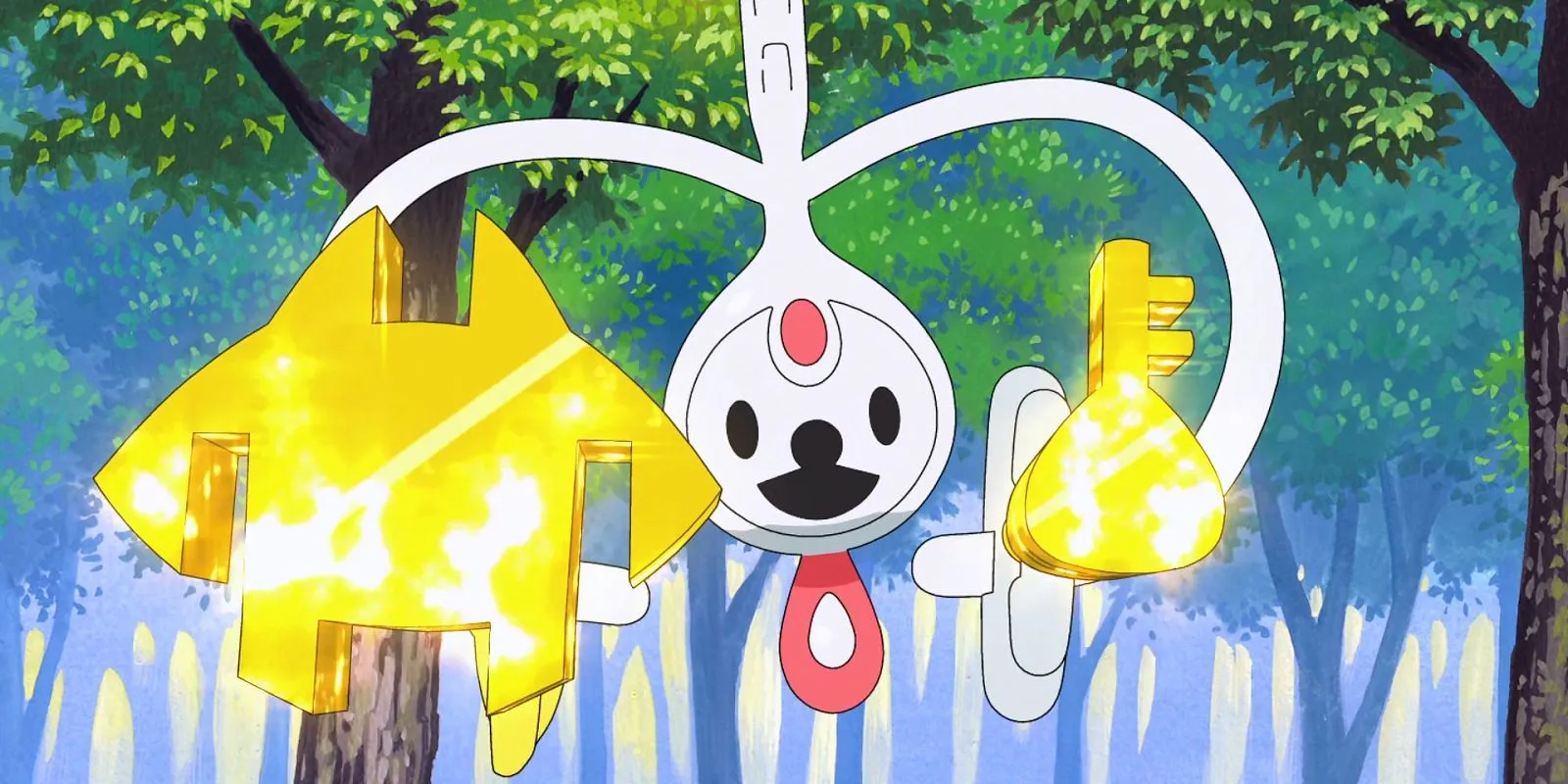
Klefki is a Steel/Fairy-type introduction from Generation VI. Its primary spawn area is in France, although, like many other regionals, it occasionally spills into neighboring regions. Reports include sightings in the southern parts of the United Kingdom, Belgium, western Germany, Switzerland, Italy, and the northeastern part of Spain, alongside smaller countries bordering France, such as Luxembourg and Monaco.
Comfey
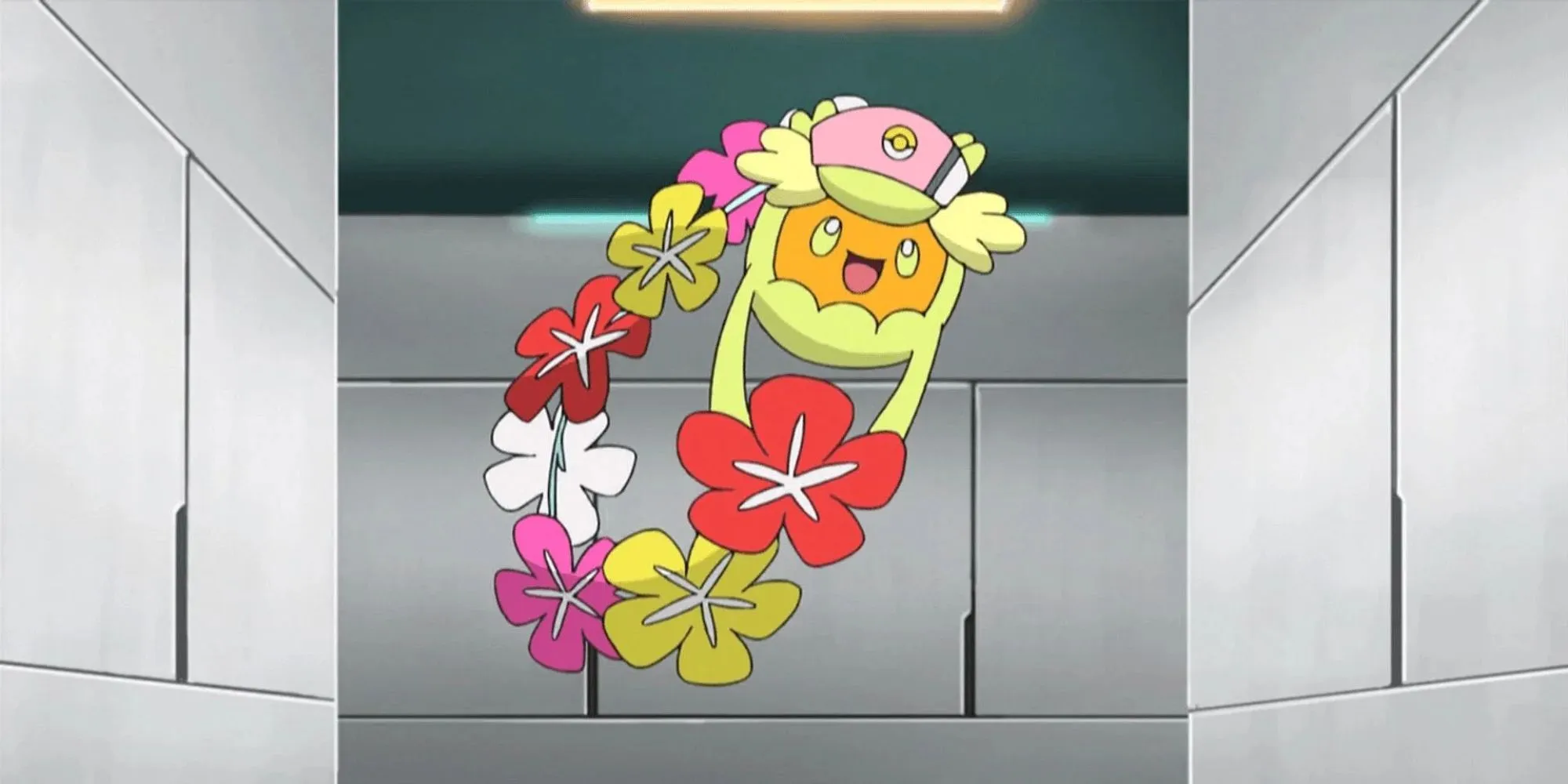
Introduced during the Season of Alola, Comfey stands out as a regional Pokemon from Generation VII, found exclusively in Hawaii. Due to the predominance of ocean surrounding it, Comfey’s spawning grounds do not extend to other countries or states, making it unique compared to many other regional variants.
Regional Form Changes – Furfrou

While not classified strictly as a regional Pokemon, Furfrou features several forms restricted to certain geographic regions, as well as another that is time-sensitive. This Normal-type dog Pokemon was introduced alongside a form-changing mechanic, allowing trainers to alter Furfrou’s appearance using candies and Stardust. However, players must be physically located in the respective region or during applicable times of year to access specific forms.
Form Availability
| Trim Name | Region |
|---|---|
| Natural | Available worldwide; default form |
| Matron | Available worldwide |
| Dandy | Available worldwide |
| Debutante | The Americas |
| Diamond | Africa, Europe, and the Middle East |
| Star | Asia-Pacific |
| La Reine | France |
| Kabuki | Japan |
| Pharoah | Egypt |
| Heart | Occasionally available during specific events (e.g., Valentine’s Day) |
To switch Furfrou’s form, simply navigate to its page, click “CHANGE FORM,”and select the desired trim from those available, paying the requisite 25 candies and 10,000 Stardust. When within the suitable region or timeframe that corresponds to an exclusive trim, it will appear in the options list.
